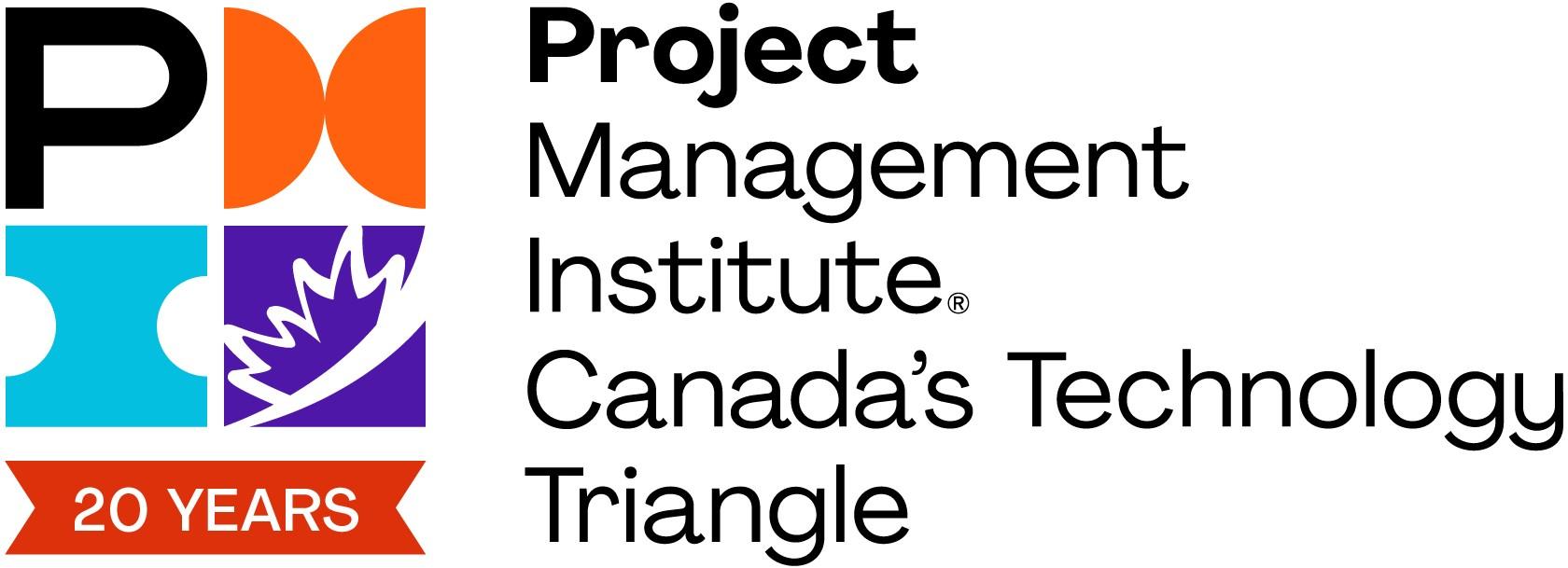Lean Six Sigma Black Belt
Training overview:
Lean Six Sigma White, Yellow and Green Belt re-cap
Complex Root Cause Analysis Case Study 1
Complex Root Cause Analysis Case Study 2
Complex Root Cause Analysis Case Study 3
Practical Exercises for Six Sigma Statistics covered so far
Cause and Effect Matrix
Six Sigma re-cap
Trainees share their Complex Root Cause Analysis Problems and learn to use RCA Templates
Re-Cap of Process Capability (Short term and Long Term)
Lean Six Sigma Black Belt
DMAIC, DMADV
DESIGN for X
Design for Manufacturability, Assembly and Maintenance
Strategic Alignment, Linking Projects with Organization Processes, ROI and Results
Advanced Six Sigma and Statistics – Histogram, Control Charts, Box and Whiskers Plot Diagram relationship, Population & Sampling and Central Limit Theorem
Group Facilitation Skills- Mind Mapping, WBS, Networking Diagram, Critical Path, Resource Allocation and More
Leadership development- True Colors and Personality Types
We will share one case practical case study to do into next level of Statistics
Define –
Use of A3 Sheet,
RASCI Chart,
Stakeholders Analysis,
Re-Cap of VOC, Survey, Kano Model and CTQ,
Quality Function Deployment
Cost Metrics – Cost Benefit Analysis, Return on Investment, NPV, Pay Back Period and Cost Estimation
Cost of Quality and Cost of Poor Quality
Pareto Analysis and Deep Dive to select Priority Problems
Business Case and Complex Charter
Re-Cap of Swim Lane, SIPOC, Value Stream Mapping and other mapping tools
5 W 2 H
Measure-
Descriptive and Inferential Statistics
Statistics Vs. Parameter
Descriptive Graphical Representation- Frequency Distribution, Box Plot, Stem and Leaf Diagram and More
MINI TAB- Re-Cap of all the Statistics taught so far in White, Yellow and Green Belt on Minitab (Measure of Central Tendency, Measure of Dispersion, Box Plot, Histogram, Pareto, Scatter Diagram, Variance, Standard Deviation, Process Capability, X Bar R and X Bar S Charts)
Practical Exercises for the trainees to get accustomed to Minitab
Central Limit Theorem and Probability
Detailed SIPOC, y=f(x), Inputs Vs. Output, Cause & Effect Matrix & Fishbone Diagram
Funneling Effect (Numerous X to Critical X)
Validation Method and Data Collection Planning
Quick Wins
Continuous Vs. Discrete Variable
Sampling
Data re-cap
Central Limit Theorem
FMEA
Control Plan
Cause and Effect Matrix
Measurement Systems and Analysis- Bias, Stability and Linearity,
Gauge R&R,
Analyze-
Probability
Normality Test
Sampling for Continuous Data
Hypothesis testing
Basics- Null, Alternate CI, Risk
Types of Error, Type I and Type II
Z Test, Mean Test, One Sample Two Tail Test, One Sample One Tail, T Test, Two Sample T Test
ANOVA
Correlation
Regression
Residual Analysis
Design of Experiments
Specification Limit Vs. Control Limit
Improve-
Design of Experiments
Control –
Control Charts -N, p, np, c and u charts
Control Plan
Event Registration Terms and Conditions
Please see the PMI-CTT Event Registration Terms and Conditions here.
It is no longer possible to register for this event



